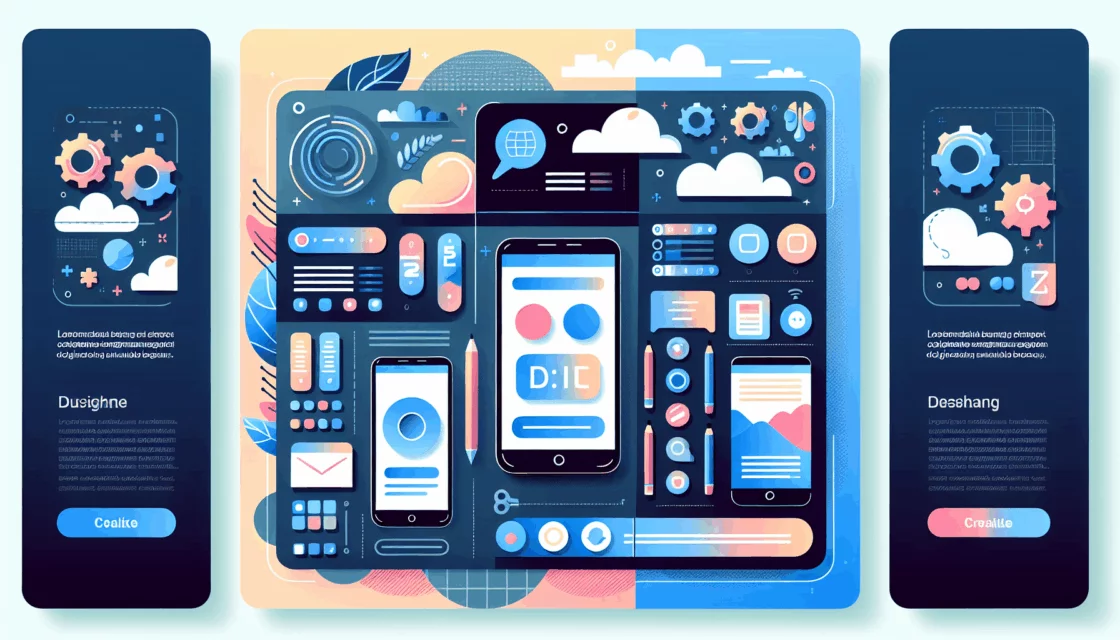
Revolutionizing WordPress Development with GraphQL
In the ever-evolving landscape of web development, the integration of GraphQL into WordPress has emerged as a game-changer, offering significant improvements in efficiency, flexibility, and performance. Here’s a comprehensive guide on how GraphQL is transforming WordPress development, along with practical examples and case studies.
The Limitations of Traditional REST APIs
Traditional REST APIs, while reliable, have several limitations that can hinder the performance and user experience of web applications. For instance, REST APIs often require multiple requests to fetch related data, leading to increased network latency and slower load times. Additionally, REST APIs typically return a fixed set of data, which can result in over-fetching and unnecessary data transfer.
The Power of GraphQL
GraphQL, a query language for APIs, addresses these limitations by allowing clients to specify exactly what data they need. Here are some key benefits of using GraphQL in WordPress development:
Efficient Data Fetching
GraphQL enables clients to make declarative queries, asking for the exact data needed, and receiving exactly that data in response. This approach reduces the amount of data transferred and improves performance, particularly beneficial for mobile applications or sites with slow network connections.
Nested Resources
Unlike REST APIs, GraphQL allows you to fetch multiple resources in a single request. This capability to access multiple root resources and follow references between connected resources in one query significantly reduces the number of round-trip requests, making applications faster and more efficient.
Customizable Queries
With GraphQL, developers can define their own queries to retrieve specific data, which is not possible with the rigid structure of REST APIs. This flexibility is crucial for modern web applications that require dynamic data handling.
Implementing GraphQL in WordPress
To leverage the power of GraphQL in WordPress, you can use plugins like WPGraphQL. Here’s how you can get started:
Installing WPGraphQL
WPGraphQL is a free, open-source WordPress plugin that provides an extendable GraphQL schema and API for any WordPress site. You can download and install WPGraphQL from the official WordPress plugin repository or directly from the WPGraphQL website.
Using GraphiQL to Write GraphQL Queries
Once WPGraphQL is installed and activated, you can use the GraphiQL IDE to write and test your GraphQL queries. Here’s an example of a simple GraphQL query to fetch post data:
query {
posts {
nodes {
id
title
}
}
}You can paste this query into the left pane of the GraphiQL IDE and click the “Play” button to execute it. The query will be sent to your site’s WPGraphQL API endpoint, and the results will be displayed in the right pane.
Real-World Examples and Case Studies
Digital Agencies and Product Teams
Many digital agencies and product teams around the world use WPGraphQL in production to bridge modern front-end stacks with content managed in WordPress. For instance, if you are using a hosting service like Kinsta, integrating WPGraphQL can enhance your site’s performance and data handling capabilities.
Advanced Custom Fields Integration
If you are using Advanced Custom Fields (ACF) in your WordPress site, you can integrate it with WPGraphQL using the WPGraphQL for ACF plugin. This integration allows you to query custom fields efficiently, making your application more robust and flexible.
Performance Comparison: GraphQL vs. REST API
When it comes to performance, GraphQL significantly outperforms traditional REST APIs. Here’s a comparison based on a real-world example:
- REST API: Fetching 100 posts from the WP REST API results in a download size of 335 kb and a time of 7.91 seconds.
- WPGraphQL: Fetching the same data using WPGraphQL results in a download size of 6.4 kb and a time of 67 ms.
This difference is due to GraphQL’s ability to fetch exactly the data needed, reducing the amount of data transferred and the number of functions executing on the server.
Security and Optimization Considerations
Security
When exposing GraphQL endpoints, it is crucial to implement proper security measures such as rate limiting, query complexity analysis, and authentication to prevent unauthorized access and data breaches.
Performance Optimization
Optimizing GraphQL schemas for query performance is essential as the application scales up. This includes improving query caching, load balancing, and schema management to maintain efficient query performance without overloading the server.
Tools and Plugins for GraphQL Development
GraphiQL and GraphQL Playground
Tools like GraphiQL and GraphQL Playground provide an interactive environment to write, test, and debug GraphQL queries. These tools are essential for developers to explore the GraphQL schema and compose queries efficiently.
WPGraphQL and GraphQL API for WordPress
Both WPGraphQL and GraphQL API for WordPress offer different features and use cases. WPGraphQL is preferred for its comprehensive mapping of the WordPress data model and seamless integration with Gatsby, while GraphQL API for WordPress offers custom endpoints for granular user access control and custom schemas.
Conclusion and Next Steps
Implementing GraphQL in WordPress can significantly enhance the efficiency and performance of your web applications. By understanding the benefits and practical use cases of WPGraphQL and GraphQL API for WordPress, you can make informed decisions about which plugin to use based on your specific needs.
For more detailed guides and resources, you can visit the WPGraphQL documentation or explore other tutorials and case studies available online. If you need professional assistance in integrating GraphQL into your WordPress project, consider reaching out to a specialized agency like Belov Digital Agency for expert guidance and support. You can also contact us for more information on how we can help you leverage the power of GraphQL in your web development projects.
In conclusion, GraphQL is not just a tool but a transformative approach to API development that aligns perfectly with the evolving needs of modern web applications. By embracing GraphQL, you can build more dynamic, efficient, and scalable web applications that provide an exceptional user experience.













